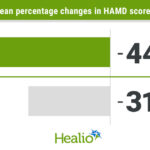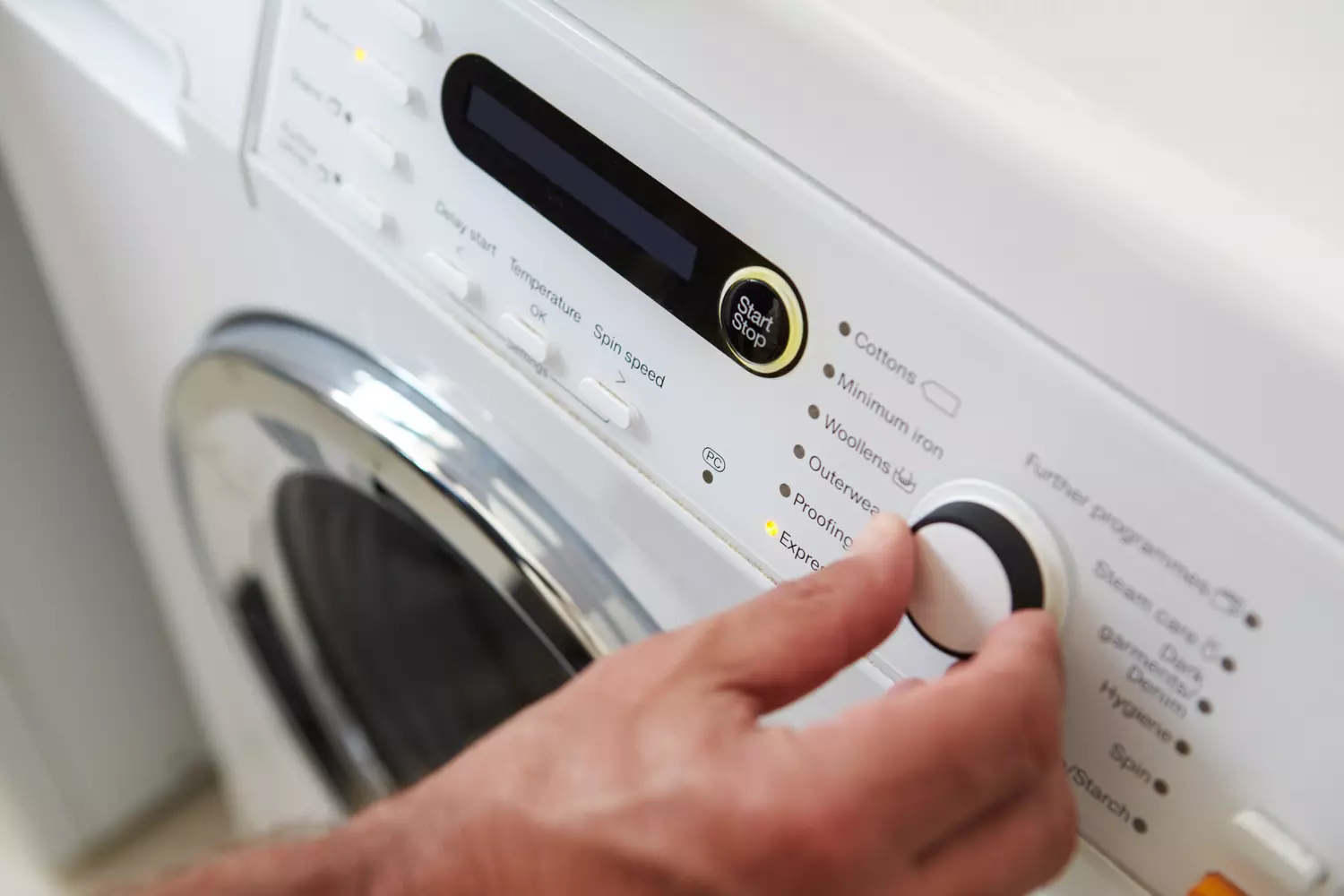Modern households rely heavily on their washing machines, yet many people unknowingly select programs that can harm their clothes and appliances. While quick wash cycles seem attractive for busy lifestyles, industry experts warn against making them your default choice. Understanding the true impact of different washing programs helps protect your garments while maintaining machine performance over time.
Why the rapid wash cycle damages your garments
The express wash program has gained enormous popularity among time-pressed consumers worldwide. These cycles promise clean clothes in just 15 to 45 minutes, making them seem perfect for modern living. However, TCL product manager Ying Cai explains that rapid cycles attract users seeking efficiency but often deliver disappointing results.
The shortened duration prevents proper cleaning action from occurring. Water temperature rises quickly, but detergents need adequate time to break down dirt and stains effectively. High-speed spinning combined with reduced washing time creates additional problems for delicate fabrics. Garments may emerge stretched, warped, or otherwise compromised after repeated exposure to aggressive rapid cycles.
Quick programs work effectively only with small loads of lightly soiled, durable materials. Heavily soiled items require longer exposure to detergent action and mechanical cleaning. Using rapid cycles for inappropriate loads often results in clothes that appear clean but retain embedded dirt particles and soap residue.
Detergent usage becomes critical with express programs. The accelerated process requires significantly less detergent than standard cycles. Excess detergent creates stubborn residue that triggers allergic reactions and accumulates throughout your machine’s internal components. This buildup resembles mineral deposits that form in household fixtures, requiring regular maintenance to prevent performance degradation.
The hidden costs of choosing convenience over quality
Many consumers mistakenly believe quick wash programs save energy, but this assumption proves completely false. These cycles consume substantial electricity to heat water rapidly, often exceeding the energy requirements of longer programs. The Eco 40-60 program actually uses less energy by heating water gradually and operating at lower temperatures.
Regular reliance on rapid cycles significantly impacts washing machine longevity. Aggressive spinning leaves detergent residue and dirt particles distributed throughout internal components. Over time, this accumulation creates ideal conditions for bacteria and mold growth. Few people know this but putting a coin in the freezer is one of the best tricks to avoid serious problems with food safety, and similar preventive thinking applies to appliance maintenance.
The financial implications extend beyond energy consumption. Damaged clothes require replacement more frequently, while compromised washing machines need expensive repairs. Fabric damage from high-speed cycles often appears as :
- Stretched elastic components in underwear and activewear
- Warped seams in structured garments
- Faded colors from inadequate rinse cycles
- Pilling on synthetic and wool blends
- Shrinkage from rapid temperature changes
Professional laundry services understand these risks and avoid rapid cycles for most garments. Home users should adopt similar caution when selecting washing programs, always checking care labels before choosing quick options.
Optimal washing strategies for different fabric types
Experts recommend moderate-temperature cycles between 30-40°C with extended durations for most laundry loads. These settings allow detergents to work effectively while ensuring thorough rinsing that prevents skin-irritating residue. Proper technique selection aligns with other household best practices that maintain hygiene and efficiency.
Bed linens and towels benefit from occasional 60°C washes that eliminate bacteria and dust mites more effectively. However, most everyday items perform better at lower temperatures when given sufficient time. Modern liquid detergents activate efficiently even in cooler water, providing excellent cleaning without fabric stress.
The eco program offers balanced performance for moderately soiled loads when time permits. This cycle proves particularly effective with contemporary detergent formulations designed for energy-efficient washing. Kitchen-related laundry like dish towels requires special attention for hygiene reasons, much like how the best place to store potatoes is one that people usually avoid according to storage experts.
Proper loading impacts washing effectiveness regardless of program selection. Overloading prevents adequate water circulation and detergent distribution, while underloading wastes valuable resources. Most machines perform optimally at 70-80% capacity, allowing garments sufficient movement during wash cycles.
Making informed decisions for better laundry results
Selecting appropriate washing programs based on fabric type, soil level, and load size delivers superior results compared to defaulting to rapid cycles. This approach achieves cleaner clothes, preserves washing machine components, and potentially reduces energy bills over time.
Consider your garments’ specific needs rather than choosing convenience. Delicate fabrics require gentle cycles with lower spin speeds, while sturdy cotton items can handle more aggressive settings. Reading care labels prevents costly mistakes and extends garment lifespan significantly.
Professional recommendations emphasize patience over speed for optimal laundry care. The few extra minutes invested in proper program selection pay dividends through better cleaning results, reduced fabric damage, and improved appliance longevity. Understanding these principles transforms laundry from a rushed chore into an efficient household management practice.










